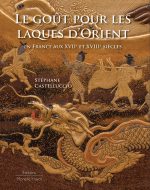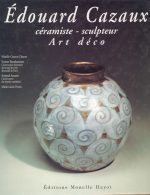La fabrique de l’extravagance
Meissen and Chantilly Porcelain
Mathieu Deldicque, conservateur du patrimoine au musée Condé, Domaine de Chantilly
Catalogue de l’exposition du musée Condé, Chantilly
du 5 septembre 2020 au 3 janvier 2021
Porcelain was the white gold of the eighteenth century, eagerly sought after by enlightened princes. Two of them, Auguste le Fort, Elector of Saxony and King of Poland, and Louis-Henri de Bourbon, Prince of Conde, Prime Minister of King Louis XV, put their fortune at the service of their passion and founded two prestigious manufactures, in Meissen and Chantilly. For the first time, a major exhibition and its catalog will illuminate the dialogue between these productions that have marked the decorative arts of the Age of Enlightenment.
The foundations of porcelain manufactures in Meissen and Chantilly are based on the princely collections in which they could regularly draw models. Auguste le Fort and Louis-Henri de Bourbon-Conde shared an enthusiasm for Asian porcelain. The factories they founded imitated Japanese kakiemon style production, with great precision, while often adapting to Western forms and uses.
The eighteenth century was actually the attraction of exoticism. The statuary, both in Chantilly and Meissen, testifies to this: the amusing Chinese magots respond to the small animal statues of Chantilly where the monkey is king, echoing the painted decorations of the «antics» of the castle of Chantilly. In Dresden, Auguste le Fort dreamed of pushing the technical limits of porcelain to the end by creating a fragile menagerie, impressive in size and technique.
This story is also that of rivalry and trade, just like that of taste. The central role of Parisian marchands-merciers, importing pieces from Saxony, endowing them with gold- plated frames and mixing them with French porcelains, will be widely studied.
This catalog, bringing together French and German specialists, will make it possible to report the latest research on often extravagant masterpieces, witnesses of remarkable savoir-faire, preserved in public and private hands.
- Format:
- 27 x 20.5 cm
264 pages
Around 300 illustrations - Binding:
- Hardbound





